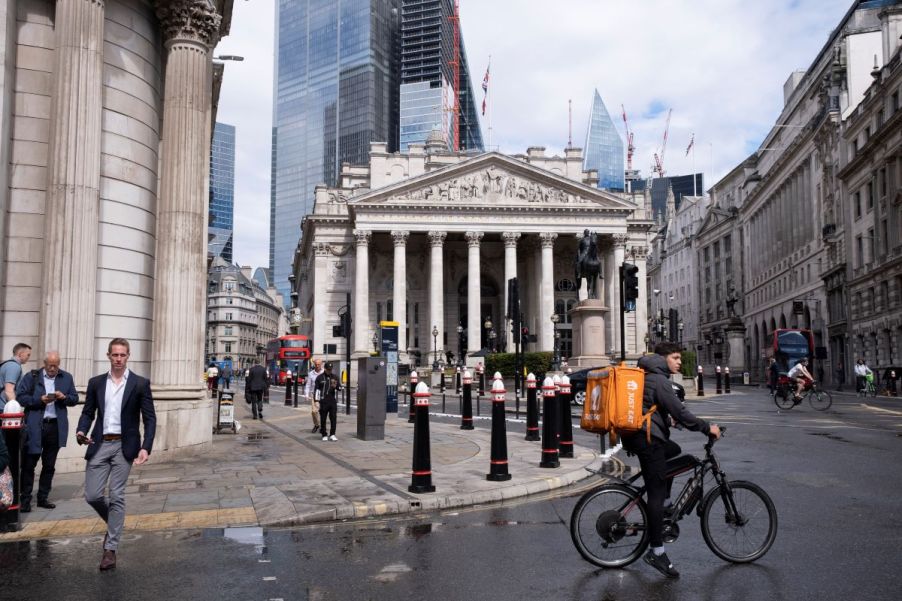
Car-Free Cities: Don’t Knock It ‘Til You Try It
The way that people feel about cars can vary drastically. But, whether you’re a total gearhead or you just love the convenience of having a car in the driveway, you might be one of the many people who bristle at the car-free city movement. It’s tempting to have a knee-jerk reaction to the idea of banning cars from certain sections. But, there’s compelling evidence that car-free areas can have major benefits for the people who live there.
Fewer emissions, fewer accidents, and less pollution

“For countries looking to cut emissions, cars are an obvious target. They make up a big proportion of a country’s carbon footprint, accounting for one-fifth of all emissions across the European Union. Of course, urban driving doesn’t make up the majority of a country’s car use, but the kind of short journeys taken when driving in the city are some of the most obviously wasteful, making cities an ideal place to start if you’re looking to get people out from behind the wheel.”
Wired
Who knows what the future of car ownership looks like, but it’s possible that it will look a lot like these car-free cities. Places like London have been doing the work of reducing the total number of motorists within the city limits. It’s seen a reduction in carbon emissions, a significant reduction in levels of air pollution, and even a big reduction in traffic accidents and fatalities.
Cityfolk may love living without cars around
“Generally speaking, if a sensible program is adopted to really reduce or eliminate car usage in a central urban area, it seems to stick … If you go back a year or two later, people will just say: well, this is the best thing we ever did.”
J. H. Crawford, author, Carfree Cities
The common fear is that a car-free city completely bans car ownership entirely. That is almost always untrue. Most often, the plans only try to reduce the use of urban cars, or limit travel in specific areas. People can still own and drive cars, but options like bussing, ride-sharing, cycling, and walking are encouraged. Plans make it easy, safe, and simple to choose alternatives to driving a car.
The impacts of a car-free city
While there are a growing number of car-free cities, towns, and islands around the world, it’s not the easiest process. Wired points out that politicians and urban planners have faced “death threats and being doxxed,” and creating a car-free city has “forced them to rethink the entire basis of city life.”
There’s more to the plan than just banning cars, of course. Cities need to bolster public transportation and make it safer, easier, and more affordable for citizens to go car-free.
According to Wired, “what seems to work best is a carrot-and-stick approach—creating positive reasons to take a bus or to cycle rather than just making driving harder.”
Car-free cities must be designed with community input
“Any attempts to reduce urban car use tend to do better when designed from the bottom up. Barcelona’s “superblocks” programme, which takes sets of nine blocks within its grid system and limits cars to the roads around the outside of the set (as well as reducing speed limits and removing on-street parking) was shaped by having resident input on every stage of the process, from design to implementation.”
Wired
It is true that changing overnight from the status quo to a car-free city rarely goes over well. Communities may be upset, people may react with rage and fear, and even the best-laid plans may be met with serious resistance.
But, if urban areas can work with the community, be smart and empathetic, and create safe, logical areas without car traffic, people may all learn to love the option.


